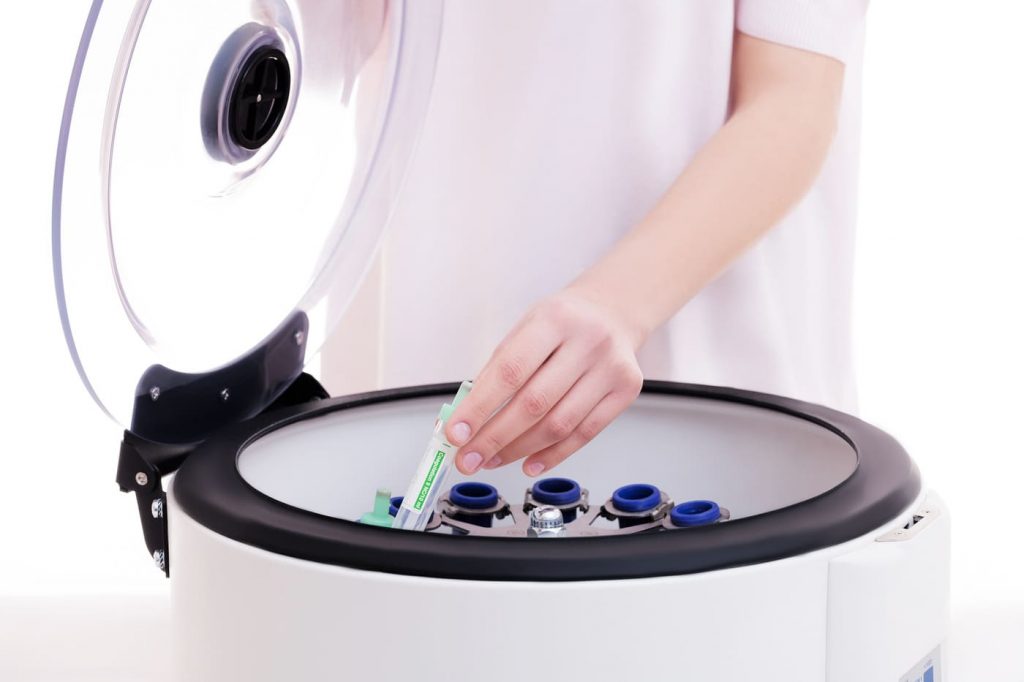
Hair loss is a common condition. It affects men more than women. There are many causes of hair loss such as: age, stress, heredity, certain diseases and medication, hormonal imbalances, diet and more. In men, hair loss frequently presents from the frontal line, while in women, it is more a progressive decrease everywhere on the head.
Hair loss is progressive and has remission periods. People who start hair loss at a younger age usually have a more severe condition at a later age than others who’s condition presented later in life.
For many people, losing their hair is a frustrating experience. Thankfully, there are many treatments available to restore hair loss and help prevent from losing more.
Treatments Offered
Medication
Finasteride (Propecia®) is a prescription medication that has been available for many years. It’s usage has only been approved for men. Some studies show that it is effective to reduce hair loss and help hair regrowth for many patients.
Minoxidil topique (Rogaine®) à 5% il a liquid form that is applied to the hair root. It improves hair regrowth and helps increase hair thickness. This formulation is proposed for men and women, but the dosage is different: twice daily for men and only once daily for women.
These are both treatments that are prescribed for life because we can slow down hair loss but we can’t stop it. These medication are not successful for everyone, but have been for a number of patients and can be given simultaneously for better results.

PRP

PRP (Platelet rich plasma) consists in multiples superficial injections at the hair root of small drops of blood serum which where eliminated of white and red blood cells to keep only the platelets and the serum nutrients. Once injected under the skin, the platelets release extremely powerful growth factors that act on the hair follicule to stimulate hair production and improve the quality such as texture, thickness and pigment.
PRP is a good treatment option for patients who suffer from initial to moderate stage of hair loss when it is still possible to reverse the process as well as clients who wish to improve their hair quality. You will sometimes see this treatment recommended in association with hair transplant to improve the treatment results.
The first step consists of a blood draw where 1-2 small tubes are drawn by the Nurse or the Nurse practitioner at the clinic.
These tubes are then put in a special centrifuge (such as the one seen in the photo on the left) for a few minutes to separate de serum from its other components (white and red blood cells). The platelets and a concentrate of nutrients stay in suspension in the serum. This serum is then delicately withdrawn and injected at the scalp with a special tiny needle to ensure PRP is administered comfortably.
Our protocol consist of 3 treatment sessions offered at intervals of 4 weeks. The results are visible after 3 months. The person needs maintenance treatment every 4-6 months in order to keep the results.
It is impossible to stop hair loss permanently because it is hormonal and hereditary, which is why it is important to maintain regular follow ups in order to have great results.
The treatment is simple, fast and pain free. There is little to no down time and has rarely any side effects.
